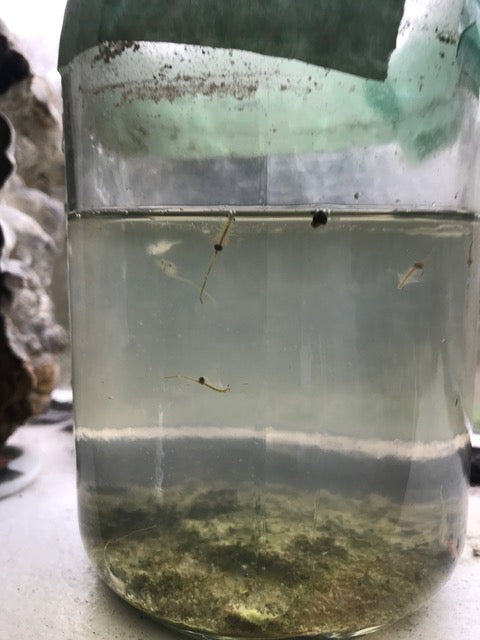News
- All
- algae
- algae biofuel
- algae bloom
- algae culture kit
- alkali water
- arthrospira
- can you eat fresh algae?
- carbon dioxide
- climate change
- International space station
- ionized water
- Kangen water
- Lipid extraction
- Micro Marine Maintenance
- Microplastics
- oil spill
- phosphate
- Photosynthesis
- pigment extraction
- Porphose
- research projects
- Science Blog
- science fair
- secchi disk
- space algae
- Spirulina
- toxic algae
- voucher
Coming Soon: PORPHOSE. A skin product from our labs that will support algae education!
Teacher Project: Does Light Affect Algae Growth?
Batch, Semi-continuous, and Continuous Cultures
Methods from France, Cultures in New Mexico: An Interview with Nic Petrovic
Blast off! Journey to Mars with Algae!
Brainy Briny's used in High School AP Class!
Can I use phosphate as a variable to change rates of photosynthesis?
Growing Superfoods in LA: An Interview with Dale Solomon










